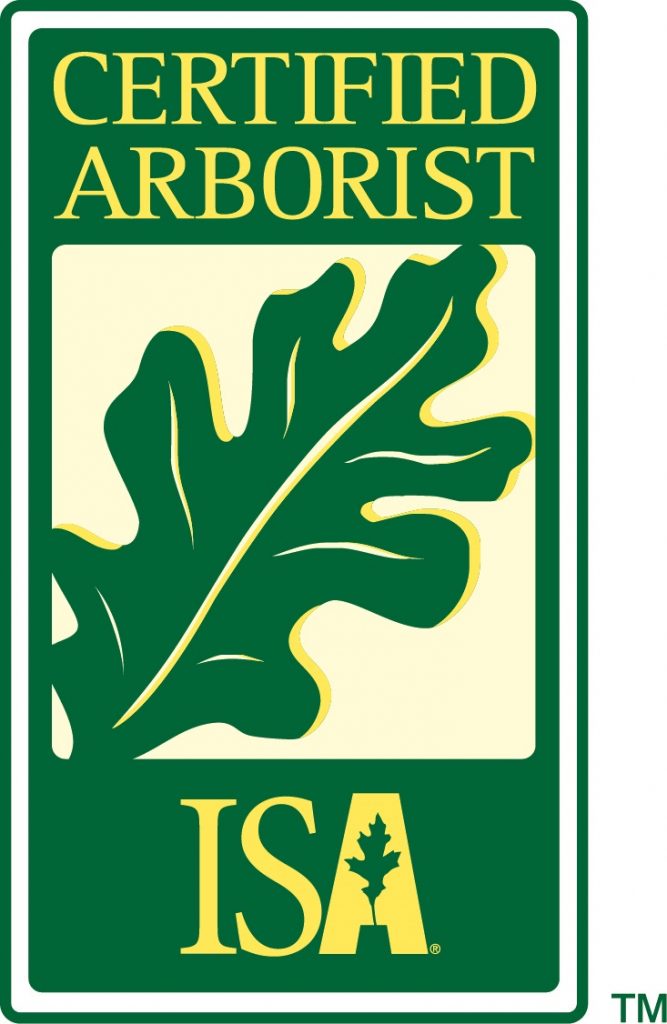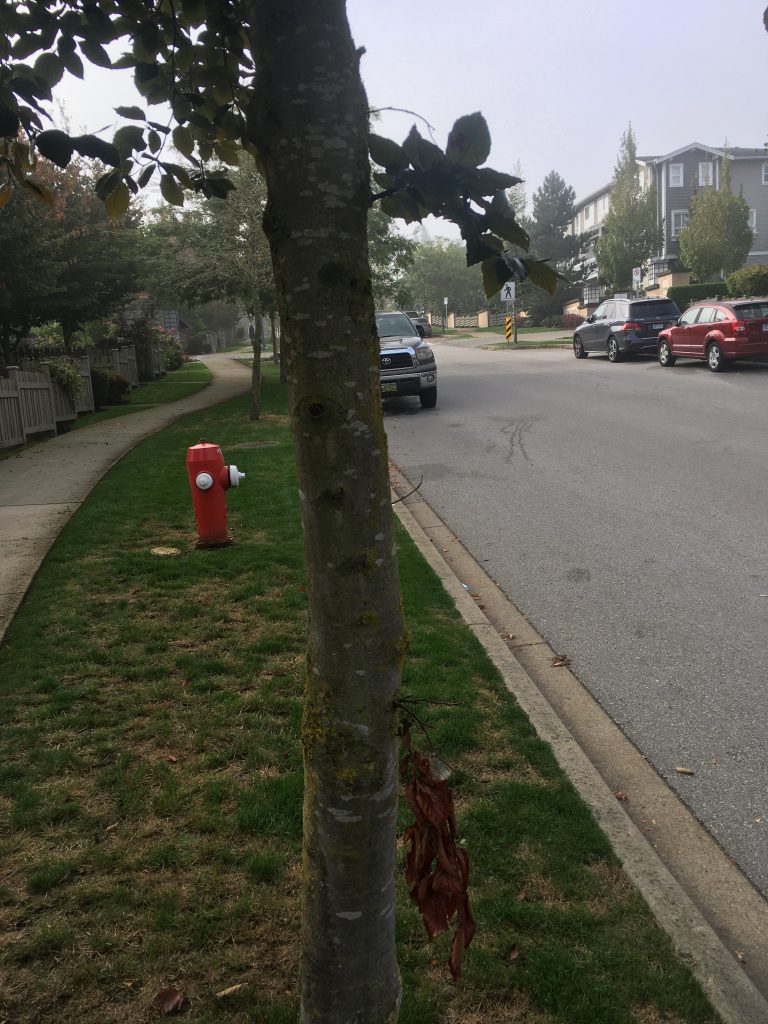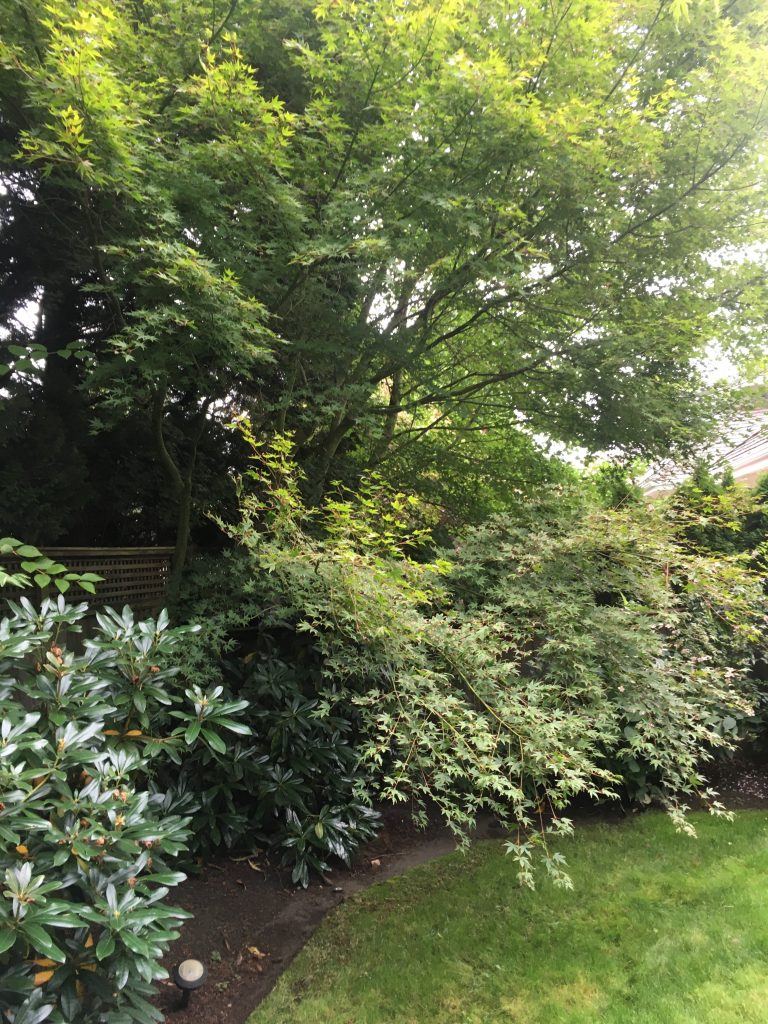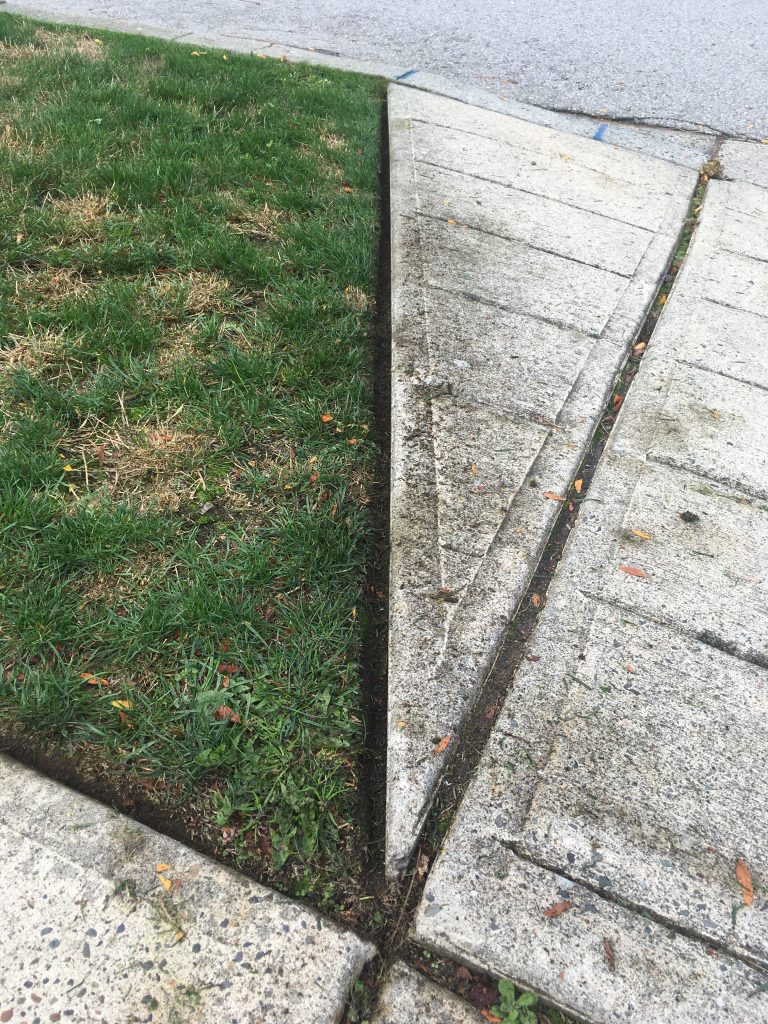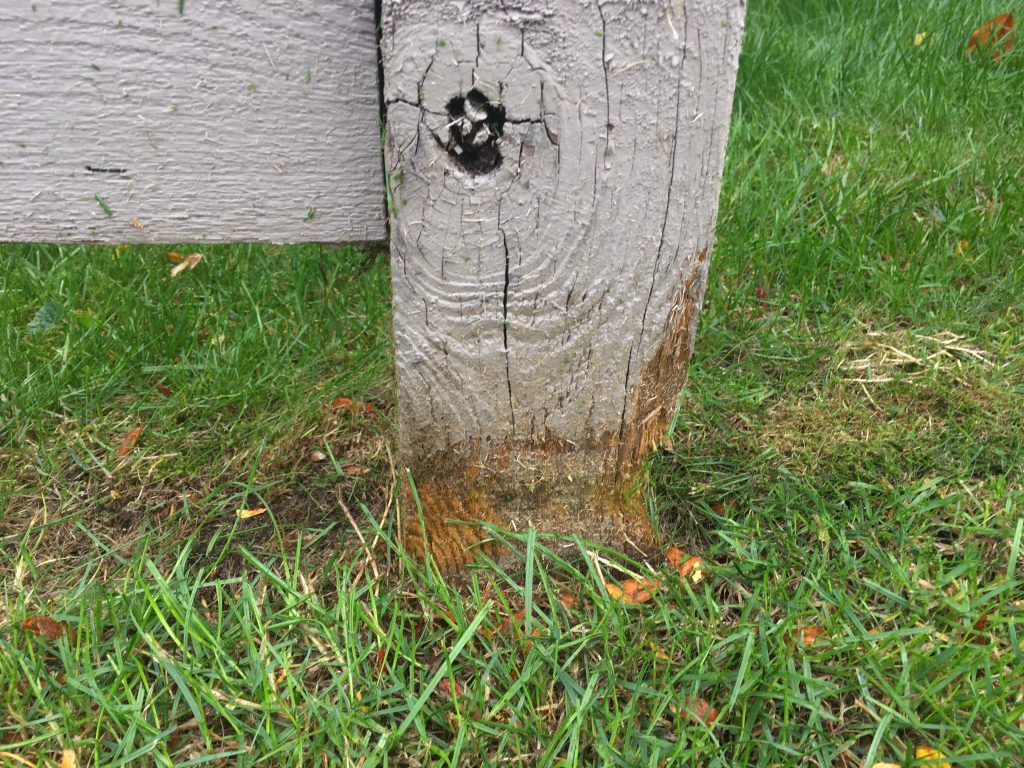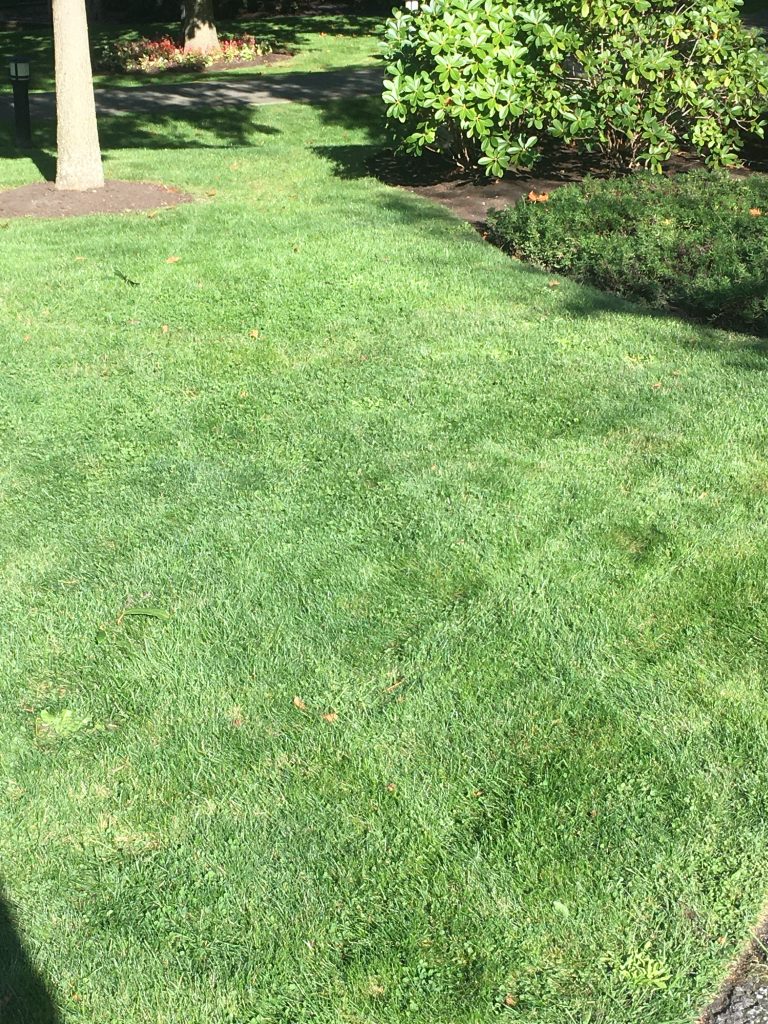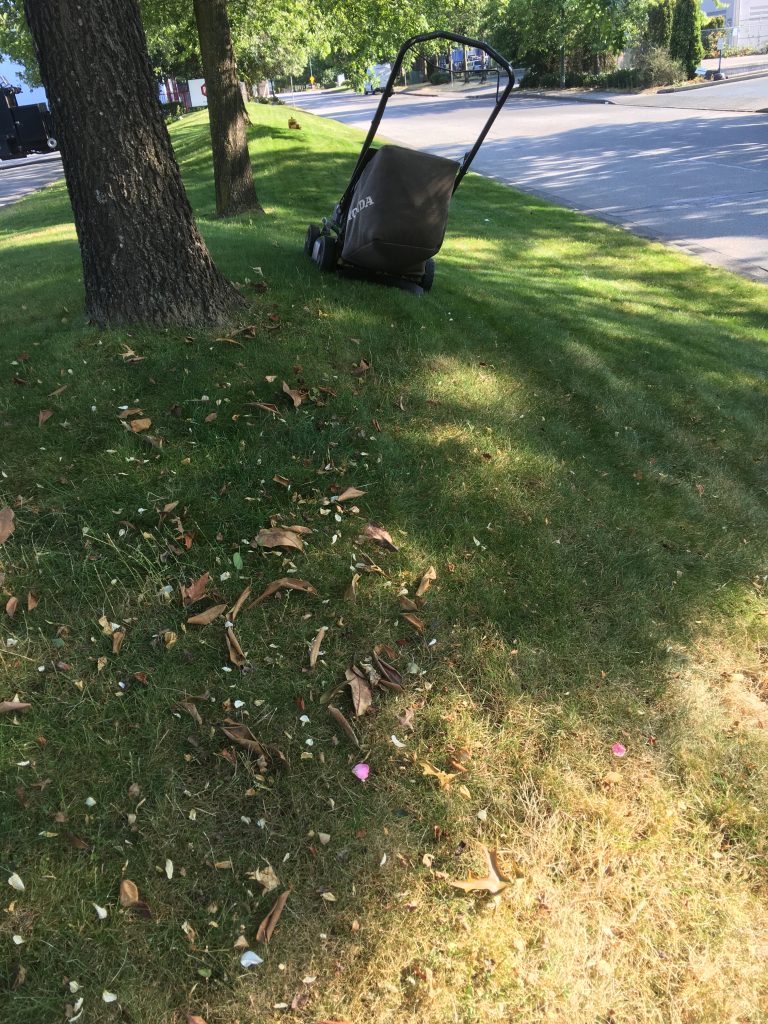Have some fun
Here’s the problem: a tree comes down at the back of a strata property and ISA certified arborist Vas gets a phone call from a panicked foreman. Yeah, of course I will come take a look. Why let full-time tree dudes have all the fun?
I harp on this all the time: all landscape professionals should get ISA certified so they can do some of their own tree work, add value to their companies and get extra job security. All you need is three years in the field -and you don’t have to work with trees full-time-to sit the ISA examination. Unlike my Red Seal, which is an experience-based examination, the ISA examination tests your knowledge. Then comes experience as trees come down on your sites.
Don’t be a cowboy
Full-time tree dudes have fancy protective gear and cool-looking helmets. Be like them, don’t work like a cowboy. I also made sure my chainsaw had bar oil and proper chain tension. Safety first!
Pro tip:
If you’re freaked out about chainsaws, put the chain on personally.
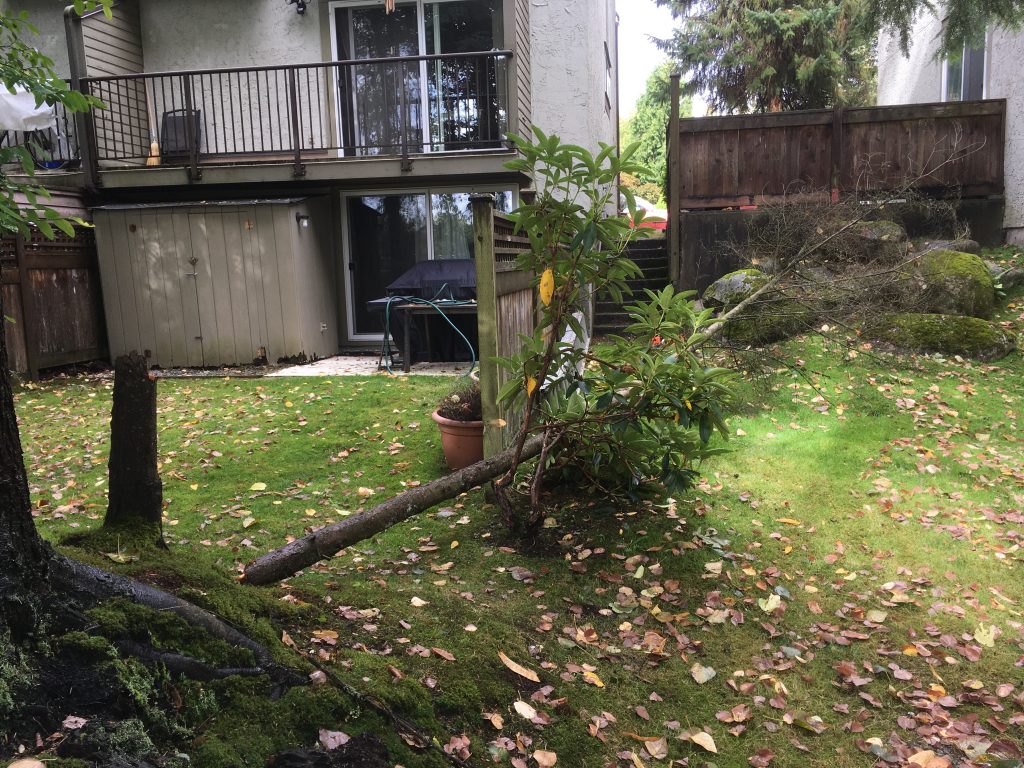
This tree was clearly in the way. It’s always a good idea to clear downed trees quickly and clearing this baby tree was a delight.
If you need chainsaw practice- and many landscapers do!- cut the tree into smaller sections. I like to take slices out of the remaining stump; I just don’t talk about it in front of my boss.
The stump came down very easily which means the base was decayed and the recent wind storm made the tree snap. You can see how the stump cross section sports cavities and it’s brown compared to the upper sections. My chainsaw flew through the stump better than a hot knife through butter.
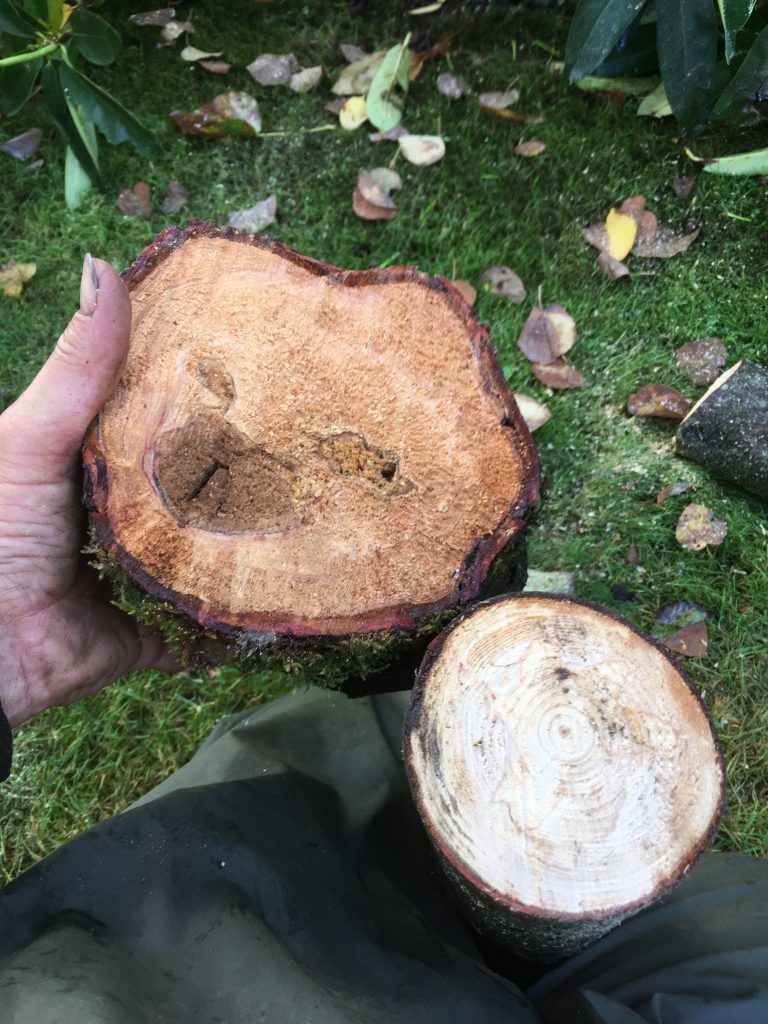
That covers the stump.
As for the trunk, simply remove the side branches and then make cuts into the stem without cutting into the lawn. Then, kick the stem over and finish your cuts. This should give you nice manageable logs to take away.
Easy does it
This clean-up job was actually quick. So quick, I was able to help the crew pick up leaf piles and check their work.
You can do this kind of tree work on your sites as well. You don’t necessarily need ISA certification but I recommend it to all landscape professionals. When you get certified, your company can charge nice coin for easy work that would otherwise be delegated to pricey, full-time tree dudes with fancy bucket trucks, confusing ropes and shiny helmets.
Don’t be intimated. You can do jobs like this. I know you can.
